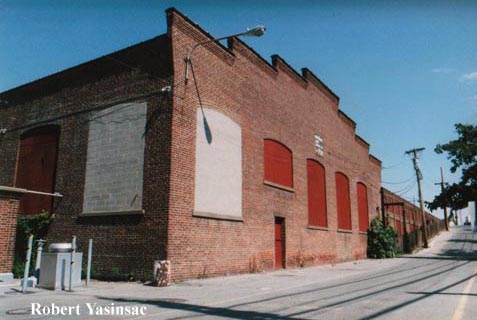
July 1999.

Located on 26 acres on the Hudson River, the former Anaconda Wire and Cable Company factory buildings are slated for demolition. It will be very interesting to see what direction this site takes in the future. Like the General Motors site in Sleepy Hollow, this was built on landfill and will be highly coveted by developers when the time comes. The Anaconda Factory is also one of the more polluted sites along the river - New York State imposed a $40 million to $50 million cleanup of the site - and made it onto the Superfund list. Anaconda has been classified as a Class 2 Inactive Hazardous Waste site since 1987. The heavily polluted part of the site seems to be contained in the northwest corner of the property.
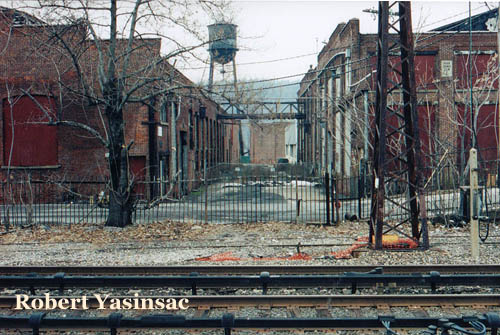
Operations began at this location in 1898, under the National Conduit and Cable Company name. This company produced conduits consisting of cement-lined steel tubes, and later, cable wrapped in pregnated paper for the transmission of electrical power. Most buildings on the site date to the 1910s, during an expansion of the factory, and are only one or two stories high. Some buildings have stepped gables, and monitor roofs to allow light in. South of the Anaconda Factory is the location of the Zinsser & Company chemical plant, which produced mustard gas. These buildings are demolished.
The Anaconda site is now owned by Los Angeles-based Atlantic-Richfield Company, aka ARCO. Like General Motors, ARCO wants to be involved in the cleanup, and more importantly for them, future development of the site. ARCO will present a workplan over the summer (2000), and after taking soil samples, will be ready to apply for a permit to demolish the buildings, of which approximately 20 remain. Some of the buildings on this site are still in use. You can be sure that these buildings will be demolished in the not-too-distant future. The Local Waterfront Revitalization Programs Committee has already submitted recent proposals to the Board of Trustees of the Village of Hastings. None of which, by the way, include preservation of any existing structures. It seems in the past there may have been proposals which incorporated the buildings, none of which ever worked out.
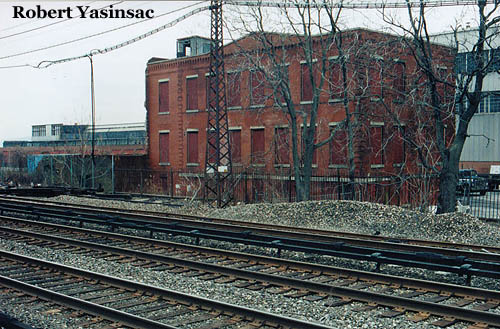
Erroneously called an "eyesore" in local newspaper articles, these buildings are actually quite attractive, I crane my neck to see every bit I can while taking the Hudson Line train. I am often amazed that "Revitalization" does not include restoration or incorporation of previously existing buildings. In nearby Irvington, the village appropriately reused the greenhouse factories of Lord and Burnham. The building on the east side of the railroad has been converted to the new Village Library with affordable housing above, and the buildings west of the railroad have been converted to offices (some home to high-tech firms) and storage space (including the archives for the Irvington Historical Society). The interiors have been modernized though often showing the structure of the building, but the exteriors have been preserved, thereby retaining part of the village history, character and identity. I shake my head that similar can't be done in Hastings.
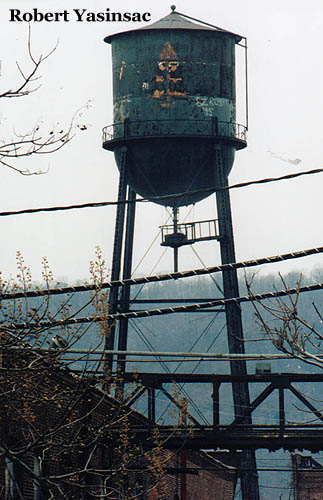
With info from American Architecture, Westchester County, New York, by Frank Sanchis, and various Journal News articles.
Thanks to Stuart Cadenhead for the updates.

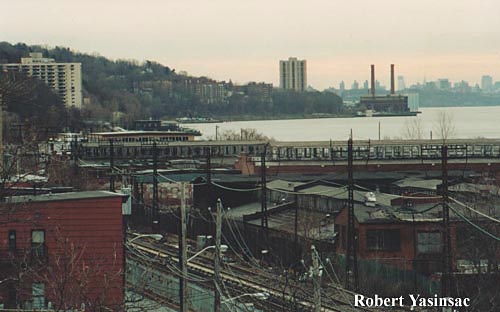
This page copyright © 2000 by Robert J. Yasinsac. Reproduction of images and text without permission of the author is not permitted without consent..